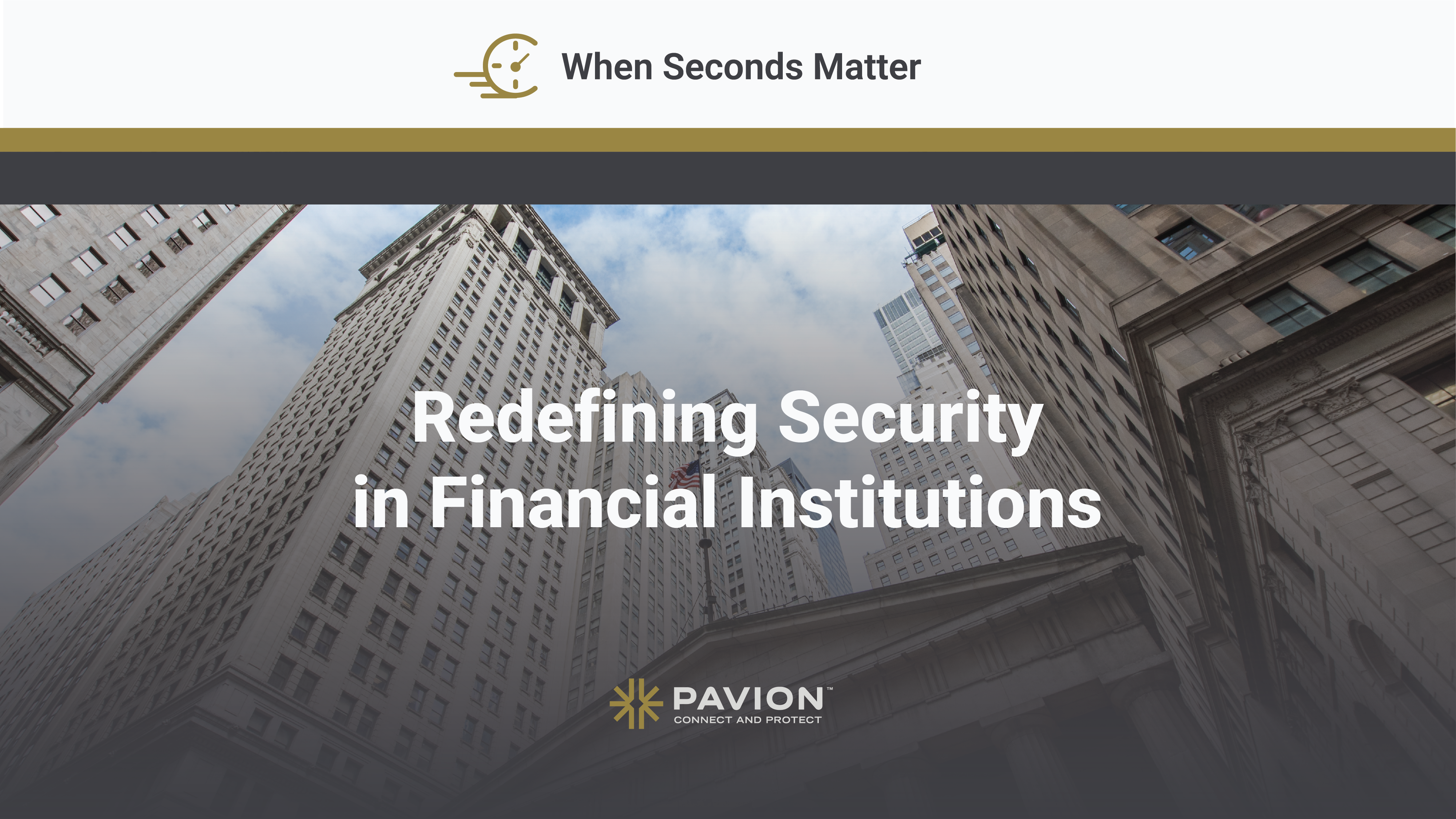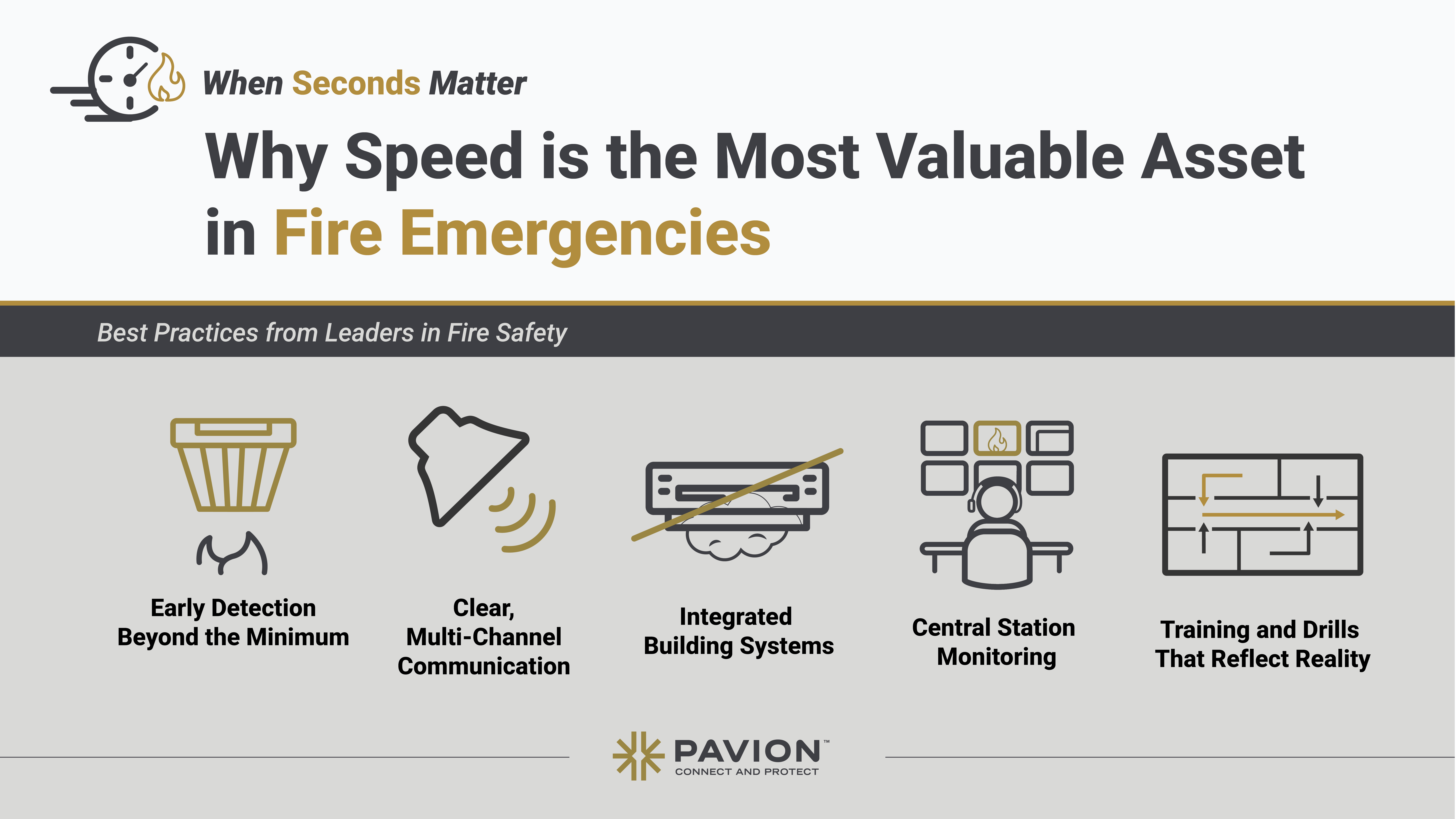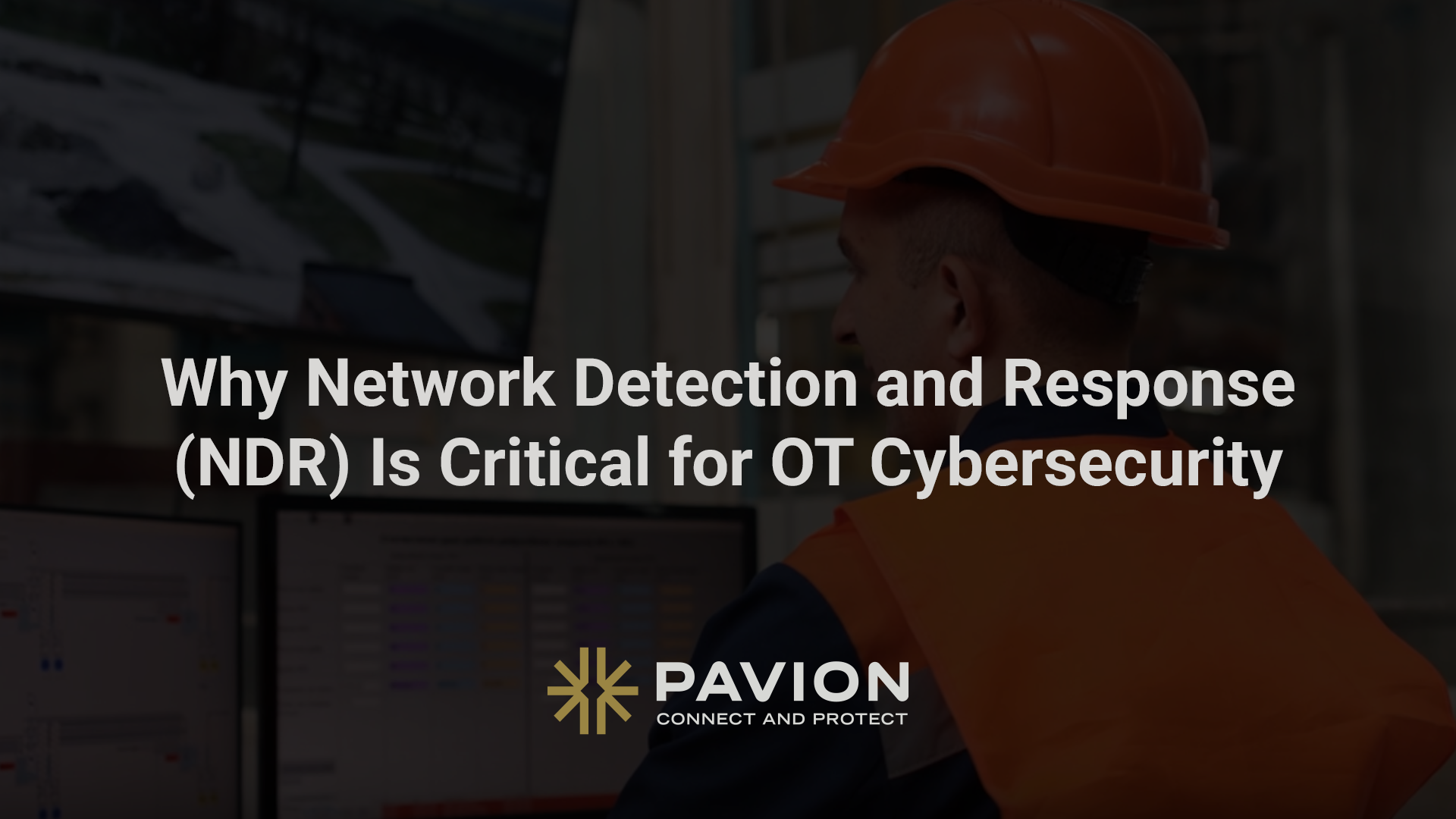
When Seconds Matter: Redefining Security in Financial Institutions
In finance, every second carries weight. A system delay can freeze millions in transactions. A compliance oversight can spark regulatory scrutiny. A security lapse can compromise sensitive data and erode decades of customer trust. In this landscape, resilience isn’t measured only by the systems in place, but by how quickly those systems — and the people behind them — can respond.
The Stakes Are Rising
The financial sector has always operated under intense scrutiny, but today the risks are sharper and more costly:
- The global average cost of a data breach is now USD 4.4 million, with the financial sector often exceeding that benchmark.
- Breaches that span multiple environments average USD 5.05 million in costs, compared to USD 4.01 million for single-environment incidents.
- Institutions with rehearsed incident response plans reduce breach costs by up to 61% — a savings that can reach millions.
- Human error remains the leading factor, contributing to 68% of security incidents, while phishing alone accounts for 16% of breaches.
These numbers make it clear: security isn’t just a compliance checkbox. It’s a competitive differentiator, and preparedness directly impacts the bottom line.
Trends Shaping Security Strategies
From Alert-First to Preparedness-First
Financial institutions are shifting away from reactive alert-driven strategies. The new focus is preparedness-first — building integrated, compliance-ready infrastructures that are tested, validated, and resilient long before a crisis occurs.
Unified Ecosystems for Faster Response
Industry data shows that the speed of detection and communication directly impacts whether a situation is contained or escalated. Many institutions are turning to converged security ecosystems, where fire, physical security, and communication platforms operate as one. This reduces friction, eliminates delays, and ensures decisions happen in real time.
Consistency Across Hybrid Environments
Breaches crossing on-prem, hybrid, and cloud systems are both costlier and longer-lasting. To close these gaps, organizations are adopting zero-trust models and applying uniform controls across every environment — from data centers to distributed branches.
Testing Through Simulations and Drills
Preparedness isn’t theory; it’s practice. Institutions that run regular simulations and live drills see markedly lower breach costs and faster recovery times. Drills harden muscle memory, ensuring teams execute with confidence under pressure.
Moving From Vendors to Partnerships
Financial institutions increasingly seek strategic partnerships with technology providers who offer threat intelligence, regulatory insight, and adaptability. Long-term collaboration — rather than transactional vendor deals — is becoming essential to navigating an evolving risk landscape.
What Leaders Should Focus On
- Track your detection-to-response window, not just uptime.
- Benchmark resilience against peers — FS-ISAC data shows many firms rank below 55% on threat resilience maturity.
- Unify architectures and policies across all environments to minimize blind spots.
- Run regular response simulations to test, refine, and validate strategies.
- Engage in intelligence-sharing networks like FS-ISAC to anticipate and adapt to emerging threats.
![]()
Looking Ahead
The financial industry’s future won’t be defined by whether threats emerge — but by how quickly and effectively institutions respond. Preparedness, speed, integration, and trusted partnerships are no longer optional. They are the foundation of resilience.
When seconds matter, the institutions that lead will be those that treat security not as a cost of doing business, but as a core enabler of trust and continuity.


